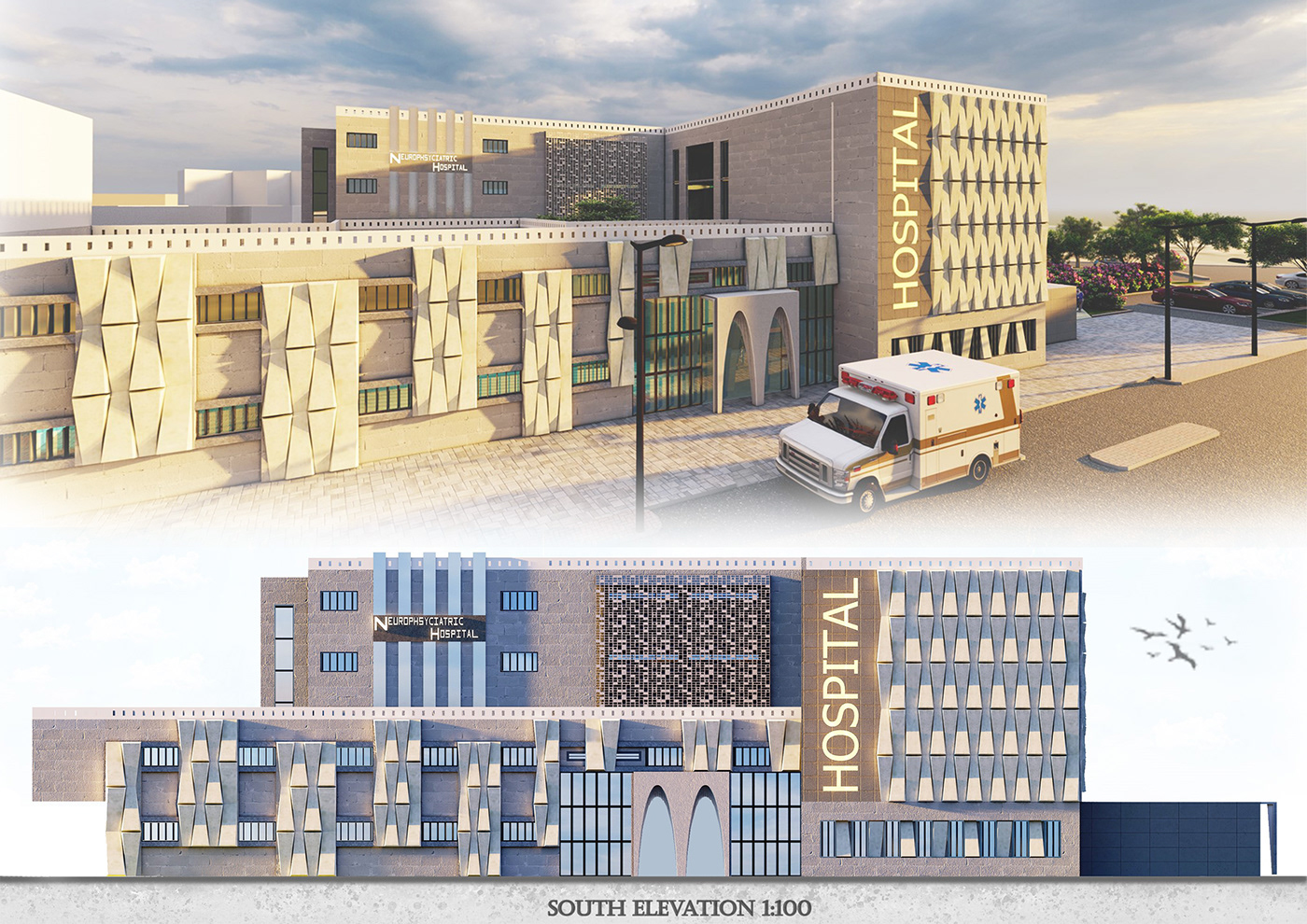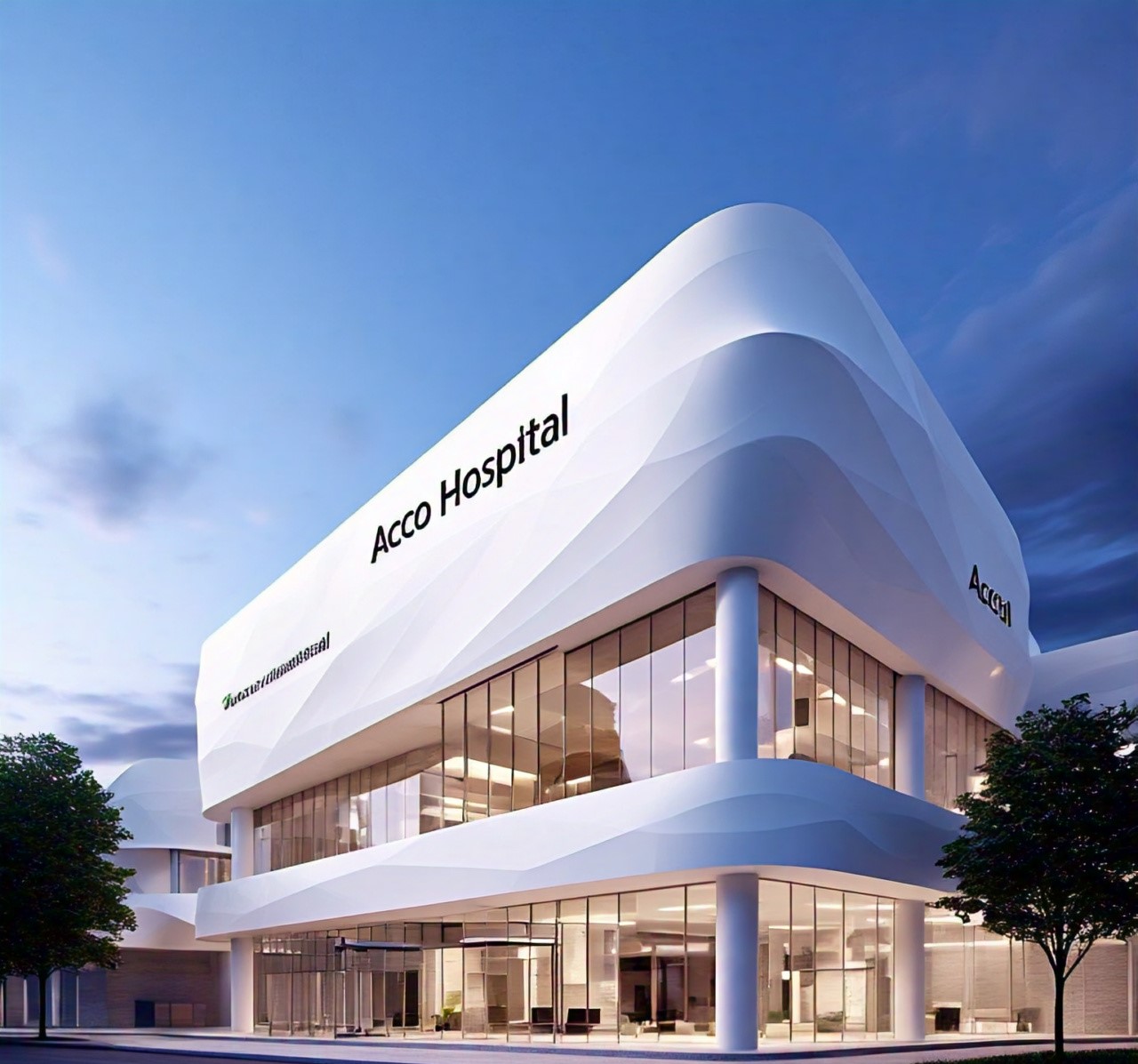
HOSPITAL DESIGN HUB Future-Proofing UAE Hospitals: Modern Design Strategies and Innovations
Future-Proofing UAE Hospitals: Modern Design Strategies and Innovations
Future-proofing UAE hospitals involves designing facilities that can adapt to changing technologies, patient needs, and healthcare practices. Here are modern design strategies and innovations to ensure UAE hospitals remain effective and relevant for years to come:
1. Flexible and Modular Design
- Adaptable Layouts: Design flexible spaces that can be easily reconfigured for different uses. Modular design allows for easy expansion and modification as healthcare demands evolve.
- Future-Ready Infrastructure: Include infrastructure that supports future technologies, such as additional data cabling and modular utility systems that can be upgraded or expanded.
2. Smart Building Technologies
- Integrated Systems: Implement integrated building management systems (BMS) that control lighting, HVAC, and security systems. Smart sensors can monitor and adjust settings in real-time for optimal performance.
- IoT Integration: Use Internet of Things (IoT) devices for real-time data collection and management. This can enhance patient monitoring, manage hospital resources efficiently, and support predictive maintenance.
3. Advanced Telemedicine and Digital Health
- Telemedicine Facilities: Design spaces specifically for telemedicine consultations, including dedicated rooms equipped with high-definition cameras and secure communication systems.
- Digital Health Records: Integrate electronic health records (EHR) systems that can be easily updated and accessed, supporting seamless information sharing and continuity of care.
4. Sustainable and Green Design
- Energy Efficiency: Incorporate energy-efficient systems such as LED lighting, high-performance insulation, and renewable energy sources like solar panels. Use energy management systems to monitor and optimize energy use.
- Water Conservation: Implement water-saving fixtures and rainwater harvesting systems. Design landscapes with drought-resistant plants to minimize water usage.
5. Future-Proof Infrastructure
- Scalable Systems: Design infrastructure to be easily scalable, including electrical systems, plumbing, and IT networks. Ensure that the facility can accommodate new technologies and equipment with minimal disruption.
- Modular Building Components: Use modular components that can be prefabricated and assembled on-site, allowing for quicker construction and easier upgrades.
6. Patient-Centered and Healing Environments
- Private Patient Rooms: Design private patient rooms with adjustable lighting, temperature control, and high-quality furnishings to enhance comfort and recovery.
- Healing Spaces: Create environments that support mental and emotional well-being, such as gardens, meditation rooms, and art installations.
7. Advanced Infection Control Measures
- Hygienic Materials: Use antimicrobial and easy-to-clean materials to minimize the risk of infection. Design surfaces and fixtures that can be easily sanitized.
- Enhanced Ventilation: Incorporate advanced HVAC systems with high-efficiency filters and positive/negative pressure zones to control infection spread and maintain air quality.
8. Technology Integration and Upgradability
- Modular Technology Platforms: Implement technology platforms that can be easily upgraded or replaced as new innovations become available. Design spaces to accommodate evolving technology without extensive renovations.
- Flexible IT Infrastructure: Provide infrastructure that supports high-speed internet, wireless connectivity, and integration with emerging technologies such as AI and robotics.
9. Emergency Preparedness and Resilience
- Robust Safety Systems: Design with built-in redundancies and robust safety features, including backup power systems, emergency response protocols, and secure access controls.
- Resilient Design: Ensure that the building design can withstand natural disasters and other emergencies, incorporating features such as reinforced structures and secure, easily accessible emergency exits.
10. Community and Wellness Integration
- Community Spaces: Design areas that serve community health needs, such as education rooms and wellness centers. Integrate spaces that foster community engagement and support preventive health programs.
- Wellness Features: Include features like fitness centers, healthy food options, and spaces for relaxation and stress reduction to promote overall well-being for patients, staff, and visitors.
Conclusion
Future-proofing UAE hospitals involves adopting modern design strategies and innovations that ensure adaptability, efficiency, and sustainability. By incorporating flexible layouts, smart technologies, and advanced infection control measures, hospitals can create environments that not only meet current healthcare needs but also adapt to future changes and challenges. This approach ensures that healthcare facilities remain effective, efficient, and responsive to evolving healthcare landscapes.
4o mini




